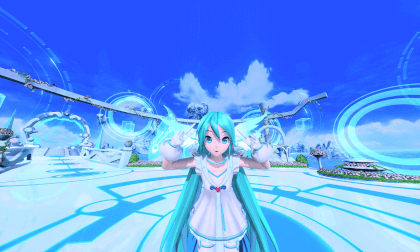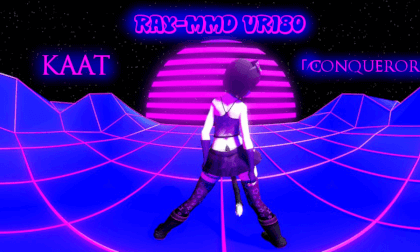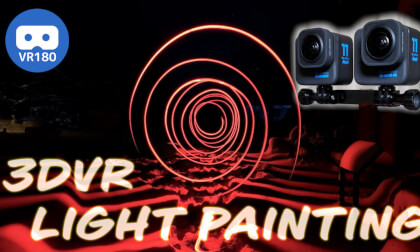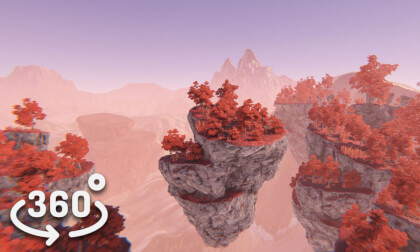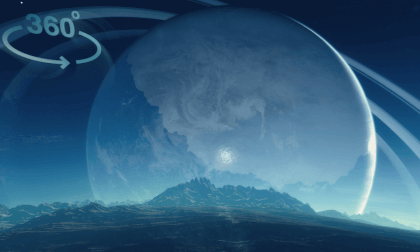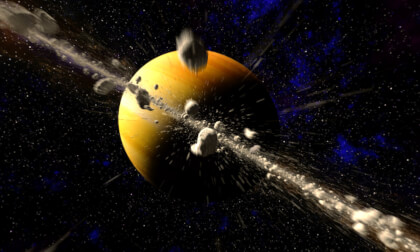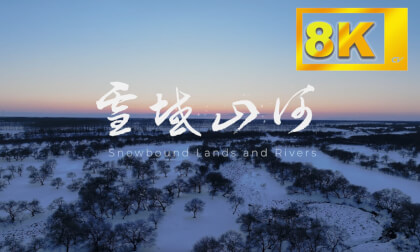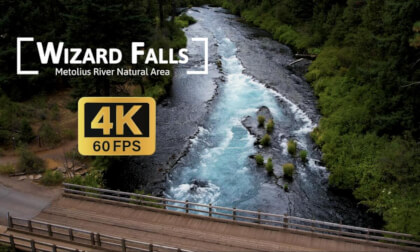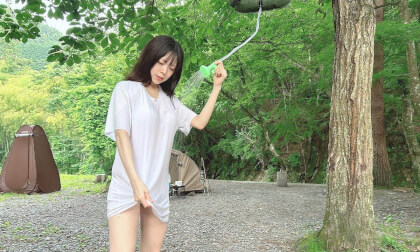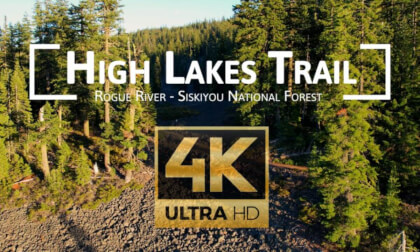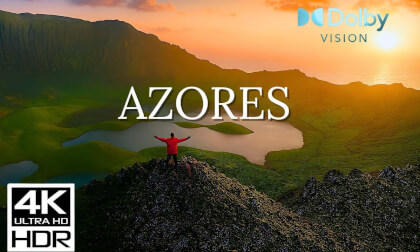Motion Warning. This video includes abrupt camera movement or other effects. Stop viewing immediately if you feel discomfort.
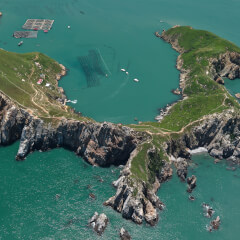
New: AI passthrough!
This amazing Deo feature uses the power of AI to turn every VR scene into AR passthrough! Now you can take characters out of VR and have them right there with you - as if they were in the same room.
Notice: AI Passthrough is presently in beta mode, and as such, users may encounter occasional service imperfections. The feature is currently exclusive to the DeoVR app, but it will soon be accessible on both browsers and mobile devices. Your feedback is highly encouraged and appreciated.
Recommended headsets:
Meta Quest 3, and Quest Pro with stereoscopic color passthrough, Pico 4 (monoscopic color passthrough).
Compatible headsets:
Quest 2, Valve Index (monoscopic black and white passthrough).
Passthrough is not compatible yet for Oculus Link cable.
Check out our complete guide to passthrough and join in the discussion at our busy forum.
In terms of internal forces, the rocks of Taimu Mountain are mainly crystalline - hole potassium - feldspar granite formed by the third intrusion in the late Yanshanian period, about 100 million years ago. The Yanshan movement formed faults in the northeast, northeast - by - north, and northwest directions, laying the foundation for the ridgeline and canyon trends of Taimu Mountain. During the neotectonic movement period, differential block activities occurred in the Taimu Mountain area, generally showing an intermittent vertical upward trend, shaping the geomorphic framework of deep canyons and steep mountains.
In terms of external forces, during the Quaternary period, the climate changed, experiencing multiple wet - dry changes. Temperature differences and frost - weathering caused the granite body to disintegrate along joints and structural fractures. Taimu Mountain has a subtropical monsoon climate, which is hot, humid, and rainy, so the erosion ability of rainwater is extremely strong, and surface and underground runoff erode the granite body. In addition, under the action of gravity, vertical joints are prone to collapse, forming pointed peaks, isolated stone pillars, etc.






